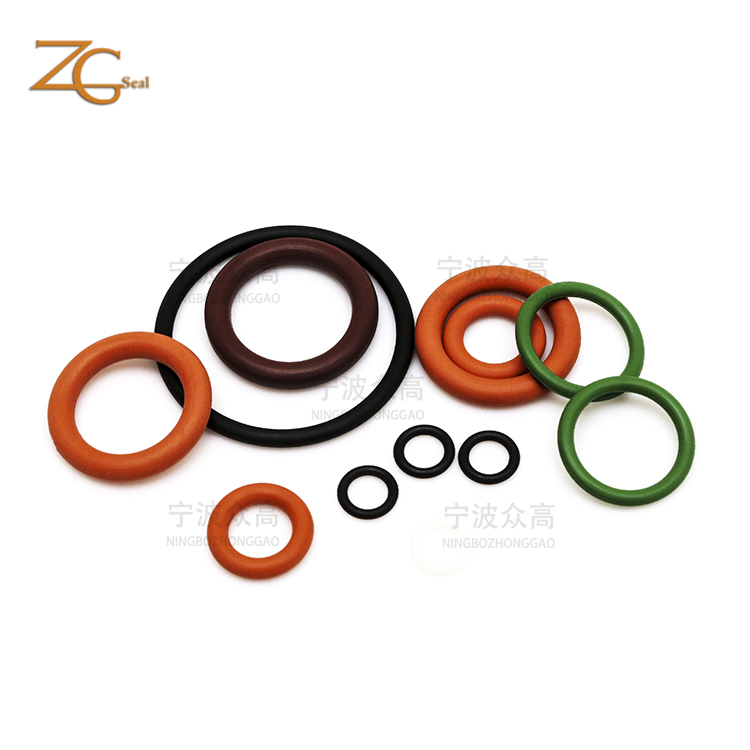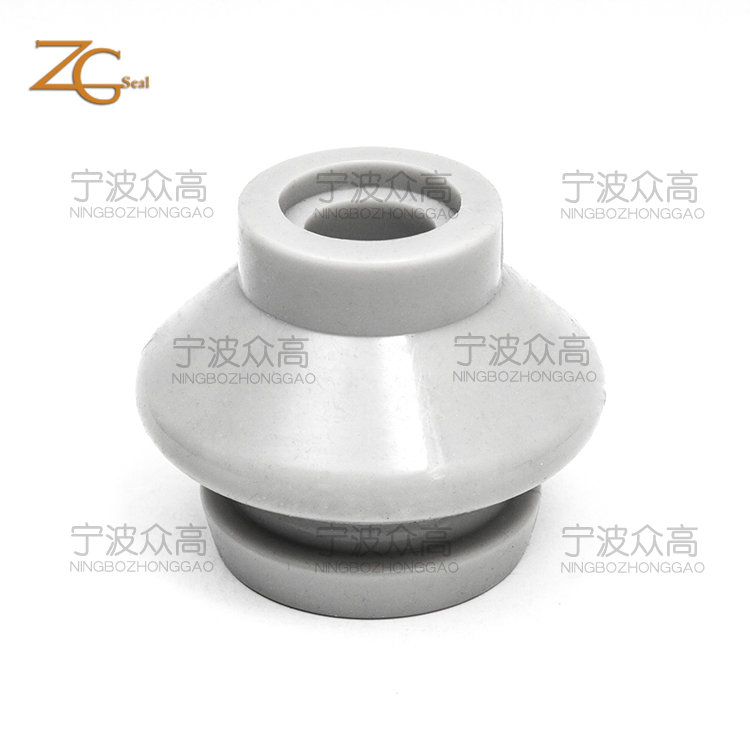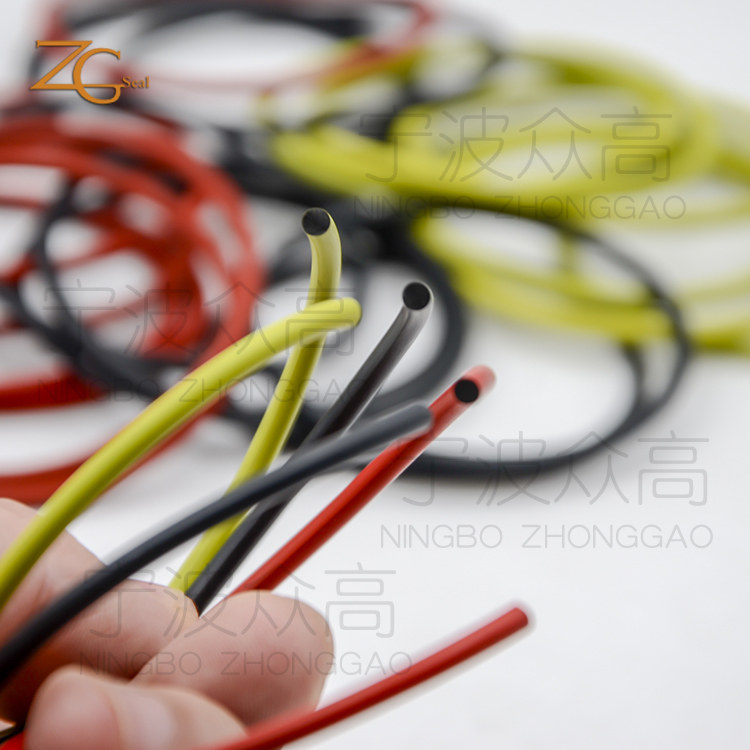There are a lot of blisters on the surface of rubber O-rings in the later stage of production, which not only greatly reduces the appearance of the product, but also affects the performance of the product. So what are the reasons for the bubbles? What are the solutions?
One, the reason for rubber
O-ring equipment and mold
1. Cause analysis
(1) The high temperature control of the equipment causes the mold temperature to rise, and the flow time of the rubber die becomes shorter.
(2) There is damage and dirt on the mold surface, which will affect the fluidity of the rubber.
(3) The location of the mold exhaust lines and holes is not reasonably distributed, causing the exhaust to be affected.
2. Solution
(1) Improve the temperature control sensor system of the equipment, so that the temperature in the mold is in a balanced state.
(2) Repair the damaged surface of the mold and clean the dirt on the mold regularly.
(3) Improve the position layout of mold exhaust lines and holes to enhance the effectiveness of exhaust.
Two, rubber
O-ring raw material factors
1. Cause analysis
(1) The moisture and volatilization in natural rubber do not meet the standard requirements.
(2) Other auxiliary materials are damp, resulting in an increase in moisture.
2. Solution
(1) After cutting the natural rubber, the rubber can be bake appropriately to reduce the moisture and volatilization in the rubber.
(2) Auxiliary materials should be stored in a dry and ventilated place. In the rainy season, pay attention to moisture-proof measures.
Three, Rubber
O-ring production operation
1. Cause analysis
(1) The temperature control in the production process is not strict and precise.
(2) There is a lot of air in the glue and thread of the pressure-coated rubber cord, which causes blistering during molding.
(3) The process in the vulcanization process does not meet the requirements, such as the unreasonable vulcanization time and inappropriate temperature.
2. Solution
(1) Control the various temperature indicators in the production process.
(2) The calendered rubber cord can be lined with several sets of cotton threads along the warp, which can increase the exhaust effect between the rubber cord layers.
(3) Strictly formulate the time and temperature of vulcanization. It is recommended to use automated production equipment to avoid time and temperature errors caused by manual operations.
 English
English  Español
Español  Português
Português  русский
русский  Français
Français  日本語
日本語  Deutsch
Deutsch  tiếng Việt
tiếng Việt  Italiano
Italiano  Nederlands
Nederlands  ภาษาไทย
ภาษาไทย  Polski
Polski  한국어
한국어  Svenska
Svenska  magyar
magyar  Malay
Malay  বাংলা ভাষার
বাংলা ভাষার  Dansk
Dansk  Suomi
Suomi  हिन्दी
हिन्दी  Pilipino
Pilipino  Türkçe
Türkçe  Gaeilge
Gaeilge  العربية
العربية  Indonesia
Indonesia  Norsk
Norsk  تمل
تمل  český
český  ελληνικά
ελληνικά  український
український  Javanese
Javanese  فارسی
فارسی  தமிழ்
தமிழ்  తెలుగు
తెలుగు  नेपाली
नेपाली  Burmese
Burmese  български
български  ລາວ
ລາວ  Latine
Latine  Қазақша
Қазақша  Euskal
Euskal  Azərbaycan
Azərbaycan  Slovenský jazyk
Slovenský jazyk  Македонски
Македонски  Lietuvos
Lietuvos  Eesti Keel
Eesti Keel  Română
Română  Slovenski
Slovenski  मराठी
मराठी  Srpski језик
Srpski језик 




